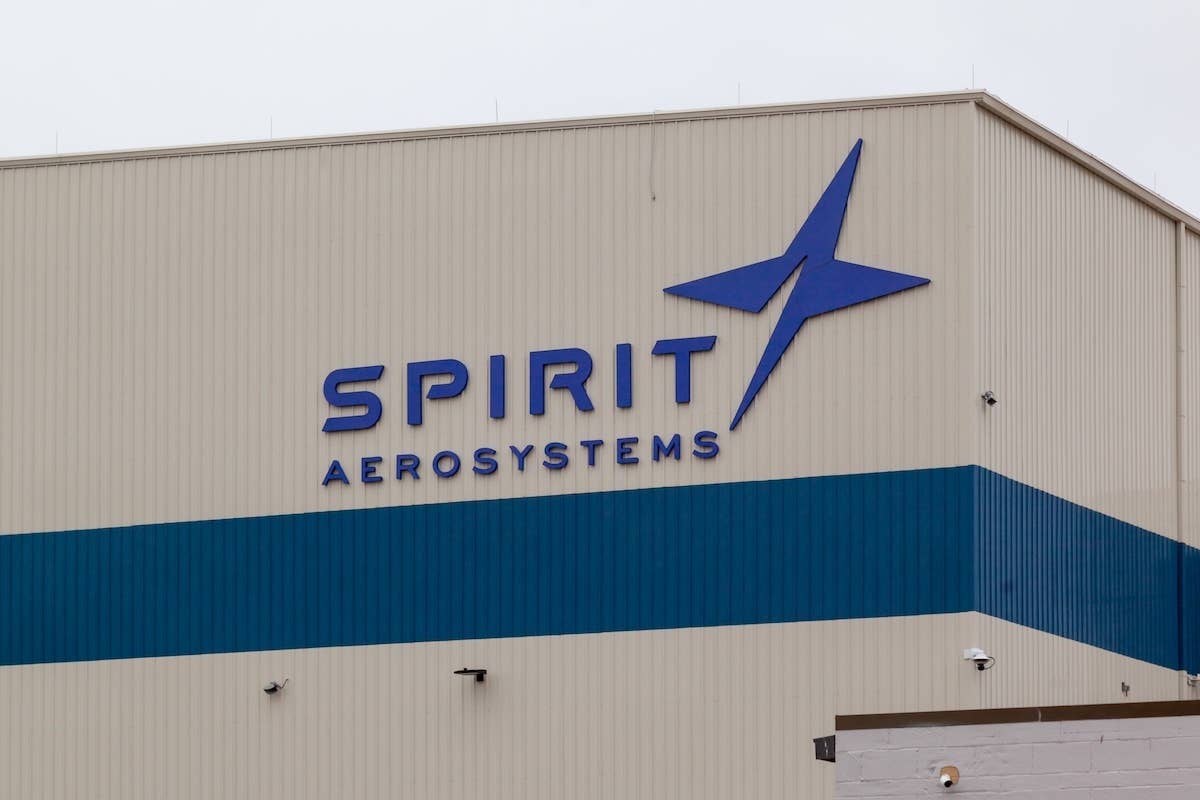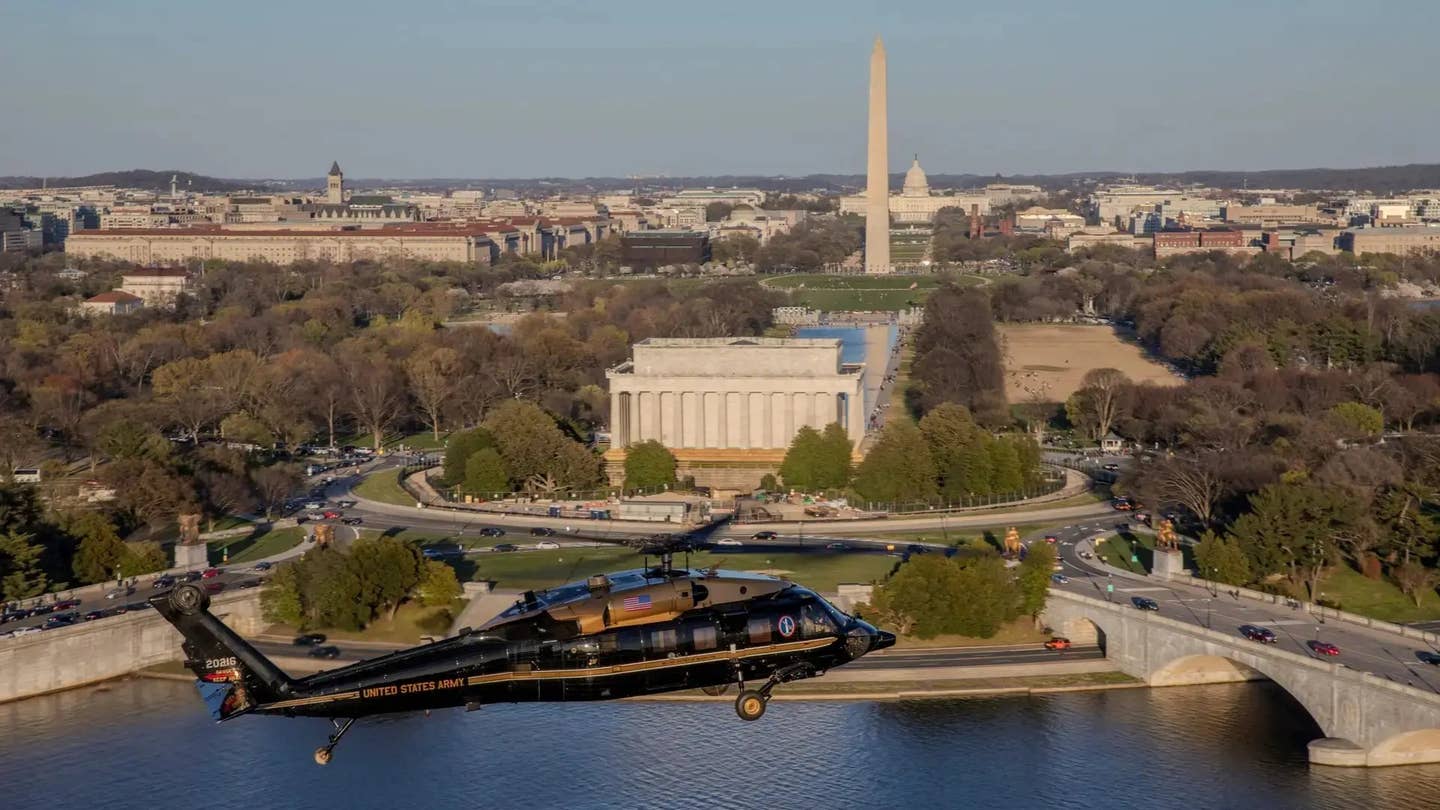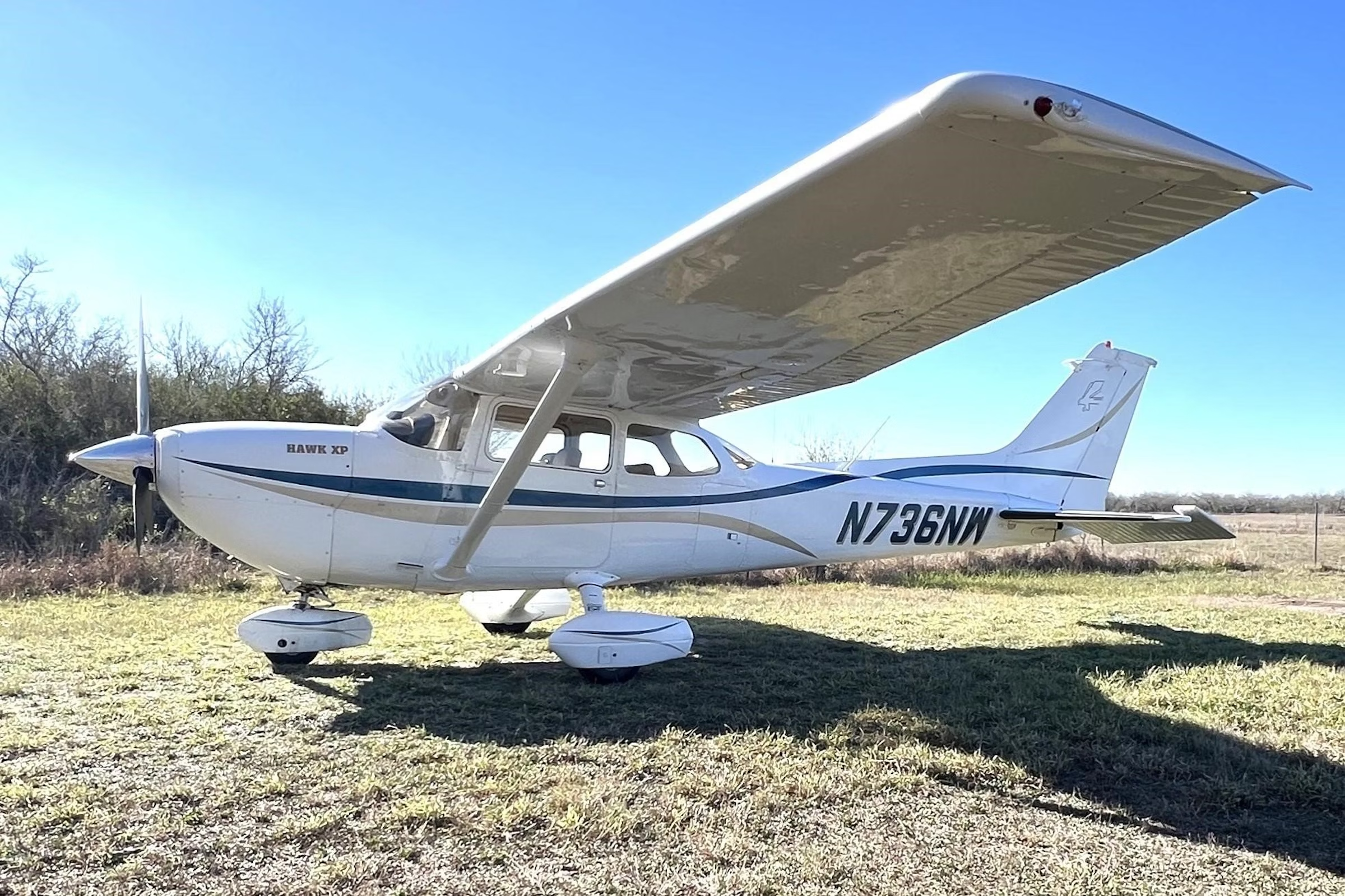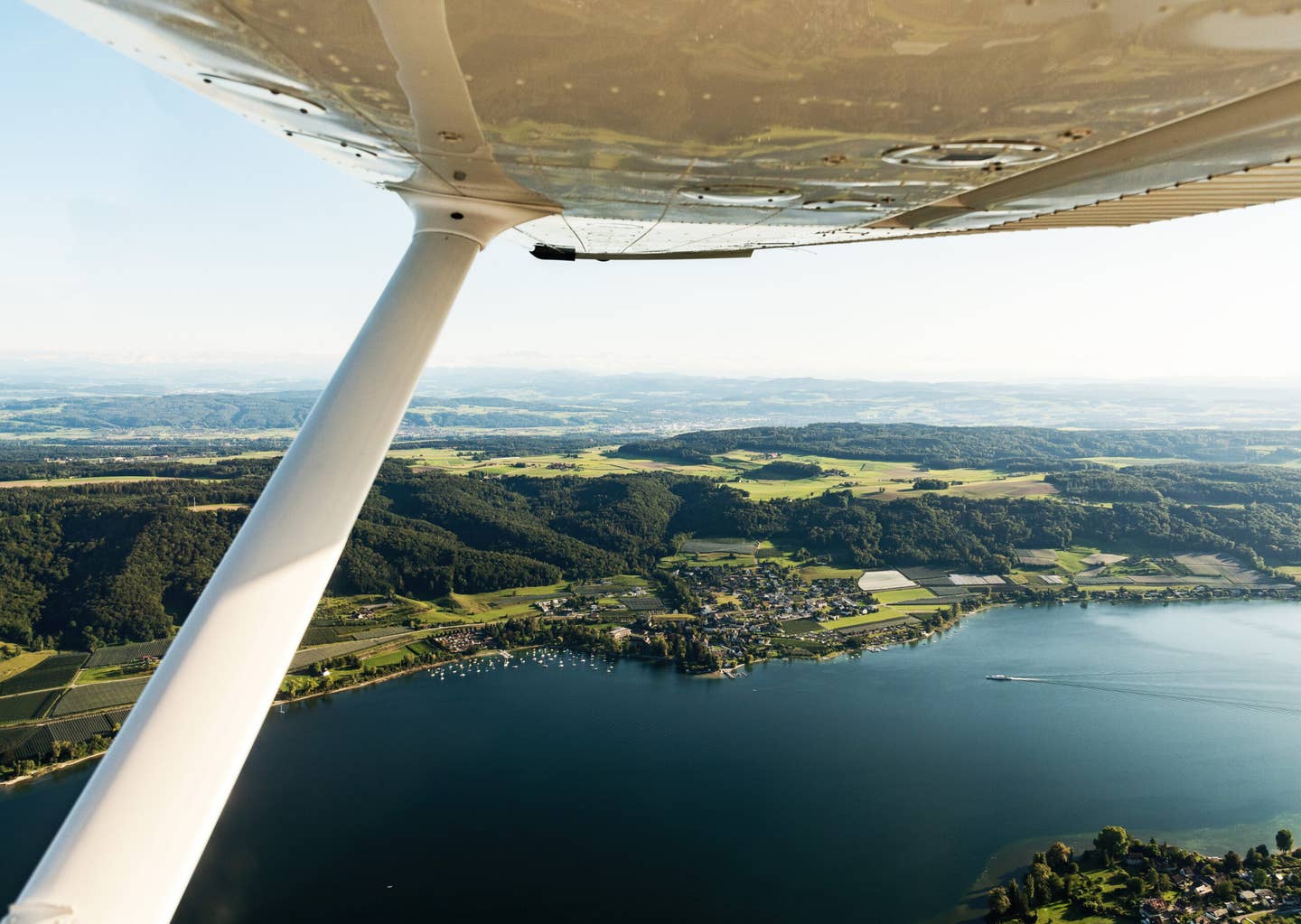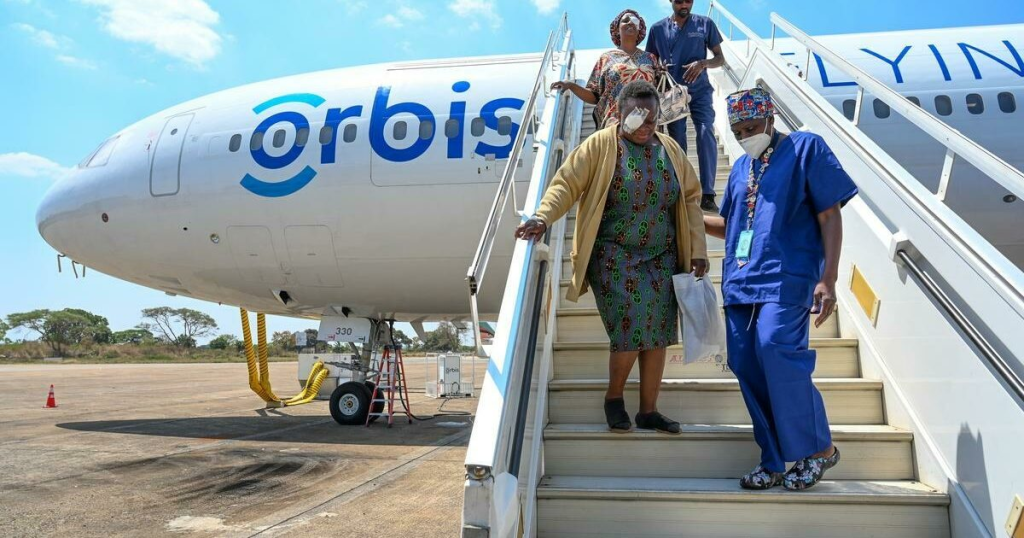Things to Know about the Boeing 737-800
The aircraft type that crashed Monday in China has a global reputation as a short haul workhorse and comes with a good safety record.

The Boeing 737-800 has a good safety record and is widely used throughout the world as a short-haul workhorse. [Courtesy: Boeing]
The Boeing 737-800—the type of aircraft involved in Monday's loss of a China Eastern Airlines jet in southern China—has a global reputation as an airline workhorse and comes with a good safety record.
It’s widely operated by airlines throughout the world, including all four major U.S. passenger carriers: American Airlines, Delta Air Lines, Southwest Airlines, and United Airlines.
Since it entered service in 1998, the 737-800 has been involved in 11 fatal accidents, including a shoot-down by Iran’s military in 2020. Before 2020’s tragic Iranian incident, the previous fatal flight involving a 737-800 was the 2010 loss of an Air India Express jet at India’s Mangalore-Bajpe Airport (VOML). According to the Flight Safety Foundation, the accident was blamed on pilot error. Of 166 people on board, 158 passengers and all six crew members were killed.
737 Next Generation Variants
The 737-800 is the most produced of Boeing’s “Next Generation”—aka NG 737 variants—narrow-body jetliners with two wing-mounted CFM56 engines manufactured by CFM International. Nearly 5,000 civilian 737-800s were delivered between 1998 and 2019, according to Boeing. Other popular NG variants include the 737-600, 737-700, and 737-900.
Globally, the total number of 737NGs, including all four variants, is approximately 6,449, with an average age of 11.8 years, according to Naveo, a UK-based aviation consultant.
China’s 737NG fleet is comparatively young, Naveo reports. With 1,354 aircraft, China's 737NG fleet is 2.9 years younger on average—compared to the average age of the global 737NG fleet.
Passenger Capacity
According to Boeing, the 737-800 seats between 162 and 189 passengers, depending on the airline configuration. Its range is around 2,900 nm.
How Does It Compare to the 737 Max?
The 737-800 should not be confused with Boeing’s 737 Max. The Max—which Boeing recently rebranded as the 737-8 and 737-9—was grounded beginning in 2018 following two hull losses that killed a total of 346 passengers and crew.
The two airliners also have several important design differences, including different types of turbofan engines The 737 Max uses CFM Leap-1B engines which are more fuel efficient than the 737-800’s CFM56s. The 737 Max engines are placed in a slightly more forward position on the aircraft compared with the 737-800 and its NG counterparts.
The 737-800 also differs from the Max because it doesn't require the MCAS (maneuvering characteristics augmentation system) implicated in the Lion Air and Ethiopian Airlines accidents in 2018 and 2019. That’s because of larger engine cowlings placed further forward on the Max.
Although aviation regulators in most countries, including the U.S., have fully recertified the 737 Max, China has yet to do so.

Sign-up for newsletters & special offers!
Get the latest FLYING stories & special offers delivered directly to your inbox


